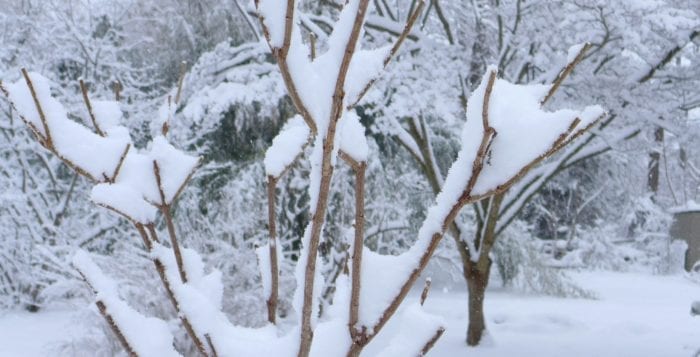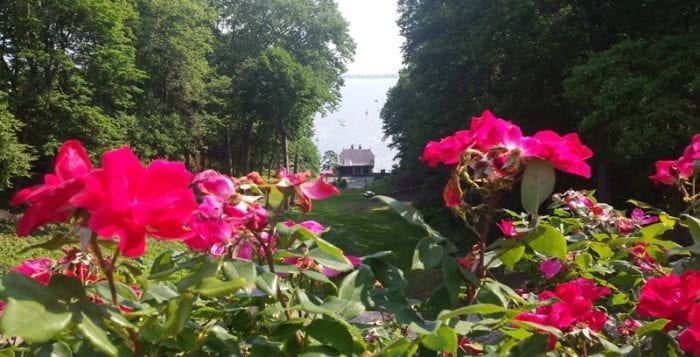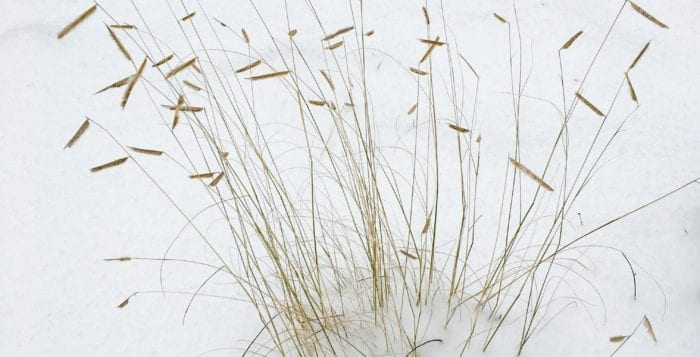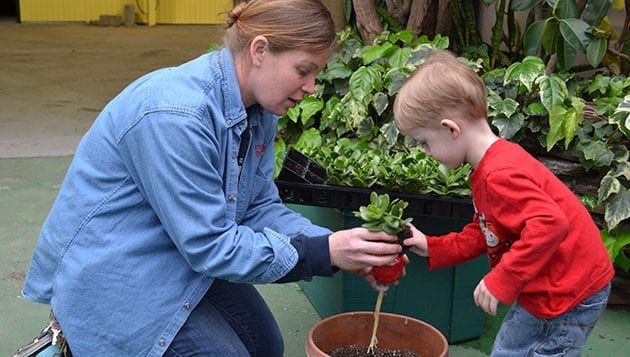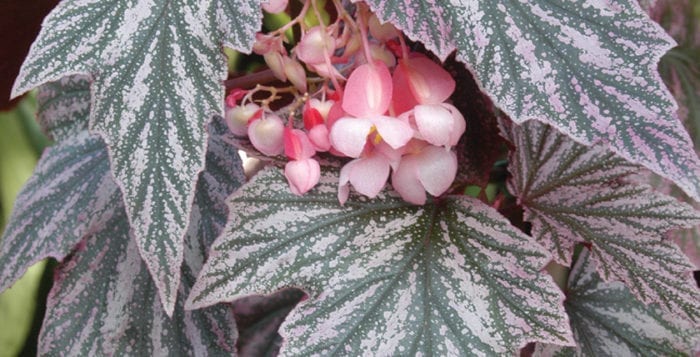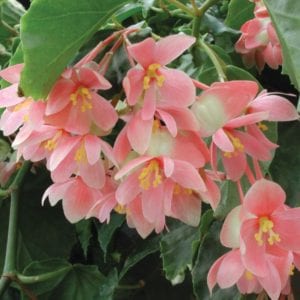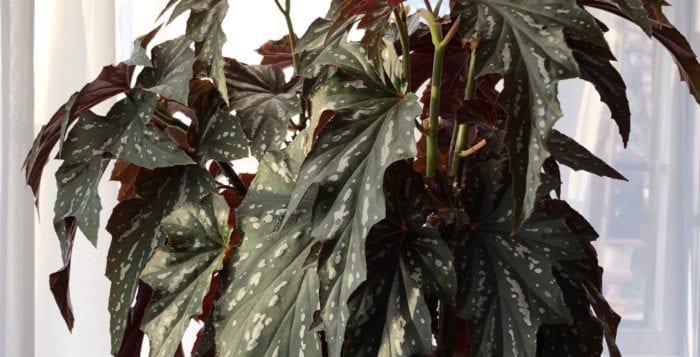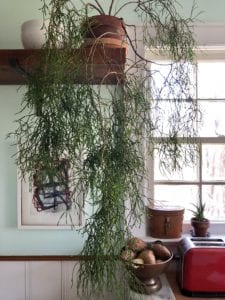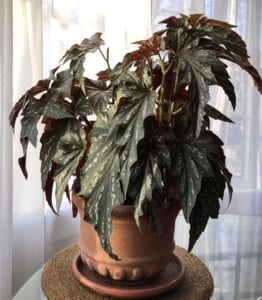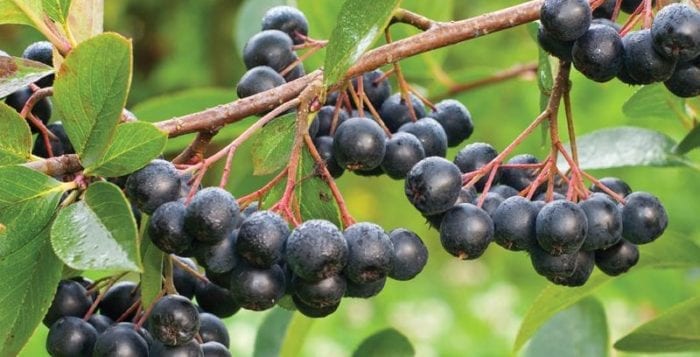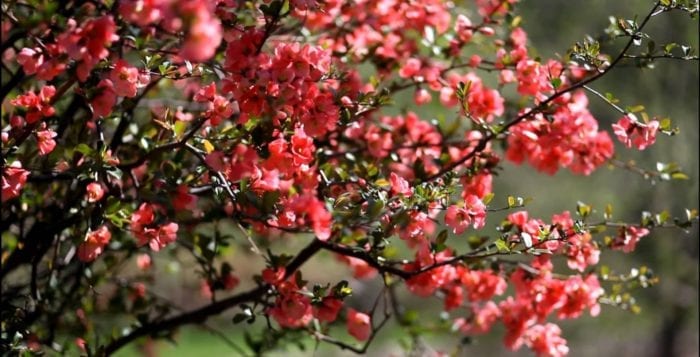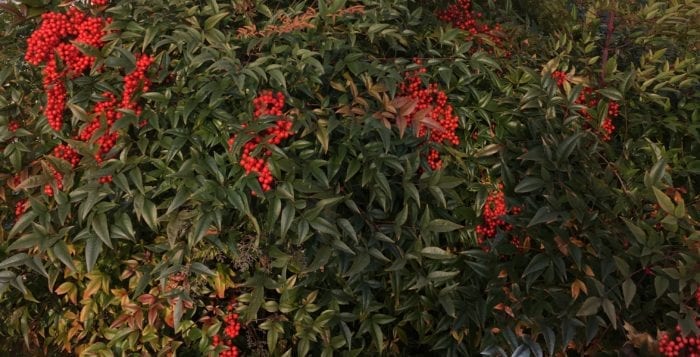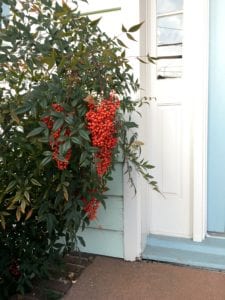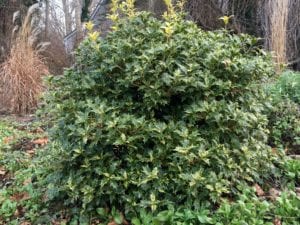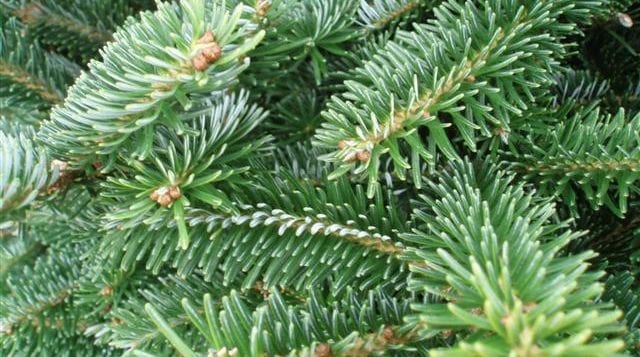By Kyrnan Harvey
Naturalized snowdrops (deerproof) have been a delightful sight for weeks, and my favorite crocus (not deerproof), the rampant self-seeding Crocus tommasinianus, has been braving the snows for a long time already. But, really, signs of spring have been scant. The beginning of the baseball season always corresponds neatly with the beginning of the gardening season. I am seeing forsythia-yellow here and there, albeit only in sunny, sheltered locations, and I just got a text that the first Little League practice is Wednesday. So I think it is fair to assume that baseball season is under way, which means there’s an awful lot of gardening work to do.
The snow has melted away and the ground is not frozen, but the low standard for “a nice day” through this past March has been 40 degrees but at least with sun and no wind. Thanks for nothing. Only last week did we begin to see the landscape trucks and trailers lumbering around, but we had started a week earlier with cutback of perennials, especially the many grasses we grow.
I do prefer to leave nature’s mulch, the leaves, un-removed through winter. But there are places were they do accumulate too much and, wet and matted, they will smother to death germinated seedlings of desirable perennials. So we do remove leaves occasionally. But the best thing a gardener could do, where feasible, is to spread a thin layer of compost over the leaf litter. Any organic mulch will do, bagged or delivered by the yard. You get the tidy, uniform look of freshly mulched beds — but without disturbing the soil ecology provided by nature’s mulch.
If you have a garden of many naturalized perennials, like I do, then mulching in April is not recommended. Biennials like forget-me-not, foxglove, black-eyed Susans, sweet rocket (Hesperis) and love-in-a-mist will have germinated the previous summer, and thus have attained enough stature to push through light leaf litter. But naturalizing perennials like columbines, hellebores and coneflowers will be smothered equally by heavy, wet accumulations of leafage — and by landscapers’ mulch.
The easiest way to a romantically wild, not overly manicured, garden is to let desirable perennials self-seed. Let your Echinacea and Salvia and Verbena bonariensis go to seed, and then be sure not to crush and smother them in the spring and you will have that cottage garden you admire in books.
There is a lot of late-winter/early-spring pruning of woody shrubs and subshrubs to do. It confuses novice gardeners but it needn’t. Spring-flowering shrubs (lilacs, viburnums, Spiraea thunbergii and Spiraea × vanhouttei, brooms, Japanese quince, forsythia) bloom on last year’s growth and should be pruned, if necessary, after flowering. Any and all summer-flowering plants get pruned hard, now, before new growth starts. Buddleia, Caryopteris, peegee hydrangeas (H. paniculata ‘Grandiflora’), Spiraea japonica varieties, rose of Sharon and, last but not least, roses. These flower on the current season’s wood and must be pruned in March or April to avoid legginess.
There are some woodys that are grown for the color of their leaves or stems. Willows, like the blue arctic willow (Salix purpurea) and Salix integra ‘Hakuro Nishiki’ (ubiquitous in garden centers in the last few years) and shrubby red-stem or yellow-stem dogwoods get cut hard at the end of winter.
The marginally hardy Mediterranean subshrubs (rosemary, lavender, culinary sage, Santolina) did take a beating this winter — remember the two or three near-zero nights in December? — but wait a week or two before cutting down to live wood. In the meantime, if your perennial cutback is complete and end-of-winter pruning too, there are plenty of cool-season weeds to pull, like the hairy bittercress, henbit, chickweed, shepherd’s purse and dandelion. Get ‘em before they go to seed.
Kyrnan Harvey is a horticulturist and garden designer residing in East Setauket. For more information, visit www.boskygarden.com.

